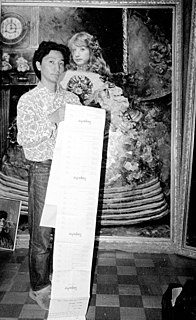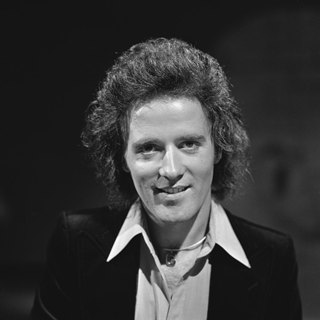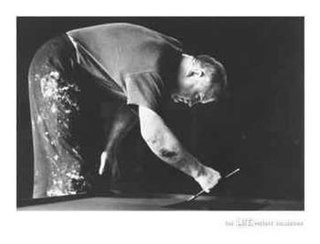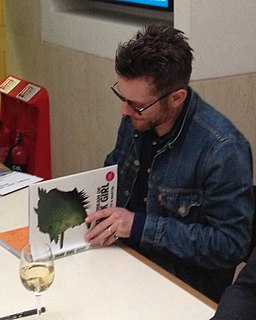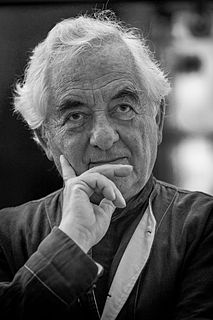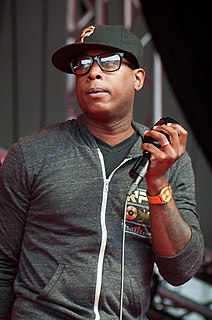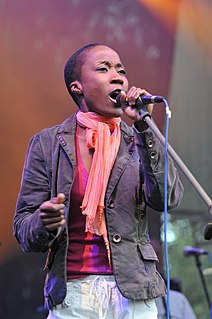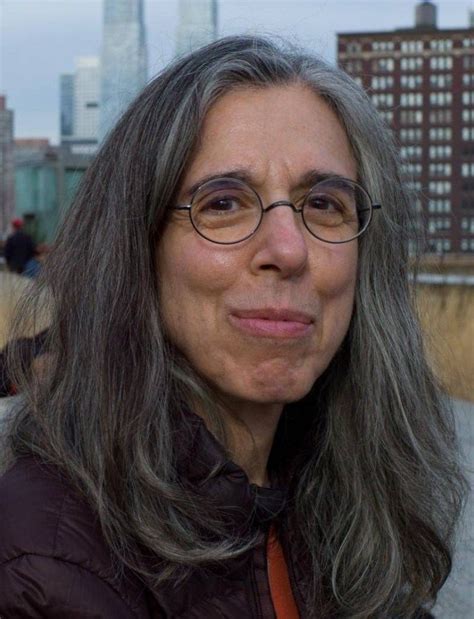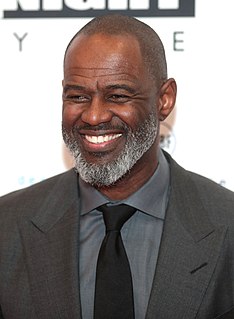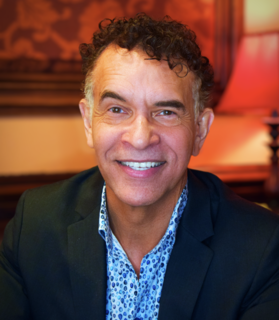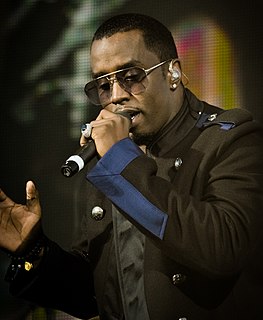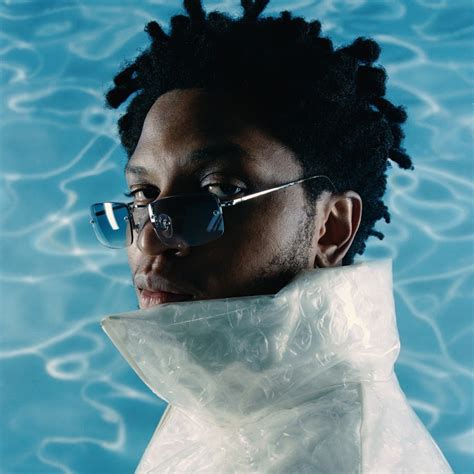A Quote by Yasumasa Morimura
When we talk about contemporary art and contemporary artists, we usually imagine artists who are alive. But I feel very uncomfortable about placing a border between living artists and dead artists.
Quote Topics
Related Quotes
Leonard de Vinci, for example, is a great artist, but he is living in the past. However, I don't feel John Cage and Matsuzawa Yutaka as artists who live in the past. Their ideas are still alive in our world because they express the very important concerns of our age. That is why I could trust them as "contemporary artists".
During the last 35 years, the artists multiplied, the public grew enormously, the economy exploded, and so-called contemporary art became fashionable. All these parameters changed the art world form its previous aspects and fundamentals - the explosion of museums and institutions, explosion of Biennales and Triennials, explosion of money, explosion of interest, explosion of artists, explosion of countries interested in contemporary exhibitions, explosion of the public. Not to see that is to be more than blind.
Artists look at the environment, and the best artists correctly diagnose the problem. I'm not saying artists can't be leaders, but that's not the job of art, to lead. Bob Marley, Nina Simone, Harry Belafonte - there are artists all through history who have become leaders, but that was already in them, nothing to do with their art.
I think the entrepreneurial activities that make art visible and attractive are what lure people into the amusement park that SoHo has become or that Bushwick or Williamsburg has become. It's not that outsiders come to an area because they hear artists are living there. A lot of people came who were not that interested in living with artists, but they were interested in living like artists and socializing the way that they thought artists socialized.
